Induction range hob layout
yebo
11 years ago
Related Stories

KITCHEN DESIGNHow to Find the Right Range for Your Kitchen
Range style is mostly a matter of personal taste. This full course of possibilities can help you find the right appliance to match yours
Full Story
HOUSEKEEPINGHow to Clean Your Range and Oven
Experts serve up advice on caring for these kitchen appliances, which work extra hard during the holidays
Full Story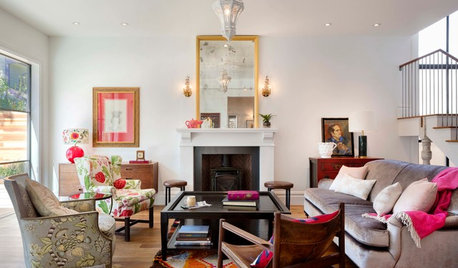
HOUZZ TOURSHouzz Tour: Pros Solve a Head-Scratching Layout in Boulder
A haphazardly planned and built 1905 Colorado home gets a major overhaul to gain more bedrooms, bathrooms and a chef's dream kitchen
Full Story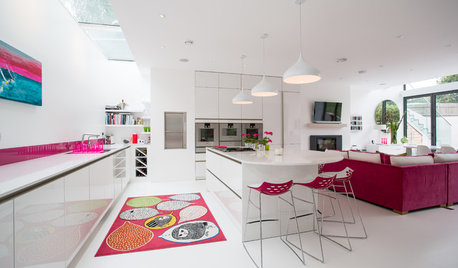
KITCHEN WORKBOOKNew Ways to Plan Your Kitchen’s Work Zones
The classic work triangle of range, fridge and sink is the best layout for kitchens, right? Not necessarily
Full Story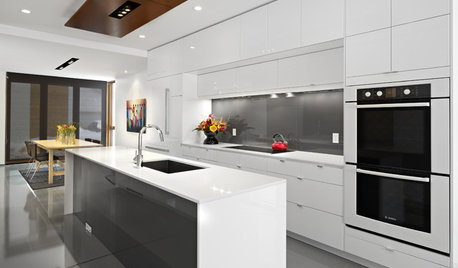
KITCHEN APPLIANCESFind the Right Oven Arrangement for Your Kitchen
Have all the options for ovens, with or without cooktops and drawers, left you steamed? This guide will help you simmer down
Full Story
TASTEMAKERSPro Chefs Dish on Kitchens: Michael Symon Shares His Tastes
What does an Iron Chef go for in kitchen layout, appliances and lighting? Find out here
Full Story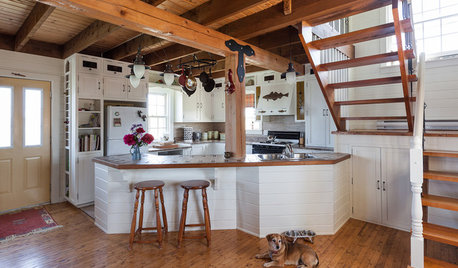
KITCHEN DESIGNOpen vs. Closed Kitchens — Which Style Works Best for You?
Get the kitchen layout that's right for you with this advice from 3 experts
Full Story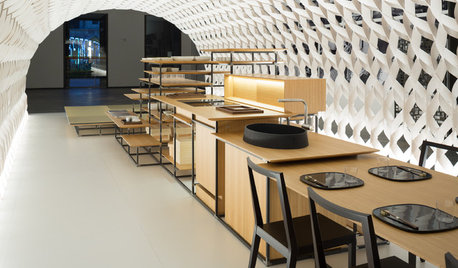
HOMES AROUND THE WORLDThe Kitchen of Tomorrow Is Already Here
A new Houzz survey reveals global kitchen trends with staying power
Full Story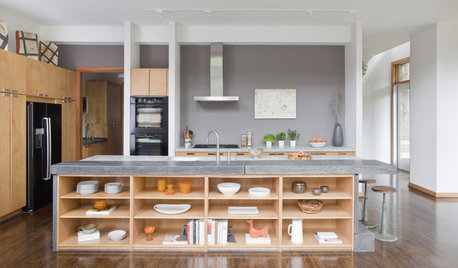
KITCHEN DESIGNHow to Design a Kitchen Island
Size, seating height, all those appliance and storage options ... here's how to clear up the kitchen island confusion
Full Story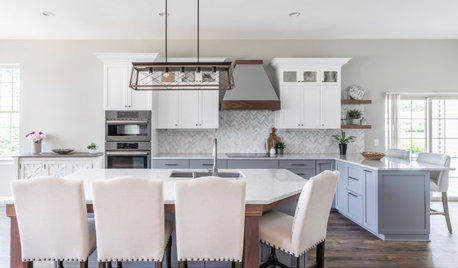
KITCHEN DESIGN10 Ways to Design a Kitchen for Aging in Place
Design choices that prevent stooping, reaching and falling help keep the space safe and accessible as you get older
Full StorySponsored
Professional Remodelers in Franklin County Specializing Kitchen & Bath
More Discussions








Cavimum
ginny20
Related Professionals
El Dorado Hills Kitchen & Bathroom Designers · Magna Kitchen & Bathroom Designers · Ridgefield Kitchen & Bathroom Designers · Wesley Chapel Kitchen & Bathroom Designers · Eagle Mountain Kitchen & Bathroom Remodelers · Bay Shore Kitchen & Bathroom Remodelers · Eagle Kitchen & Bathroom Remodelers · Fremont Kitchen & Bathroom Remodelers · Port Arthur Kitchen & Bathroom Remodelers · Republic Kitchen & Bathroom Remodelers · York Kitchen & Bathroom Remodelers · Joppatowne Kitchen & Bathroom Remodelers · Palestine Kitchen & Bathroom Remodelers · Prospect Heights Cabinets & Cabinetry · Miller Place Plumberschac_mool
lbpod
jadeite
wallycat
jwvideo
lbpod